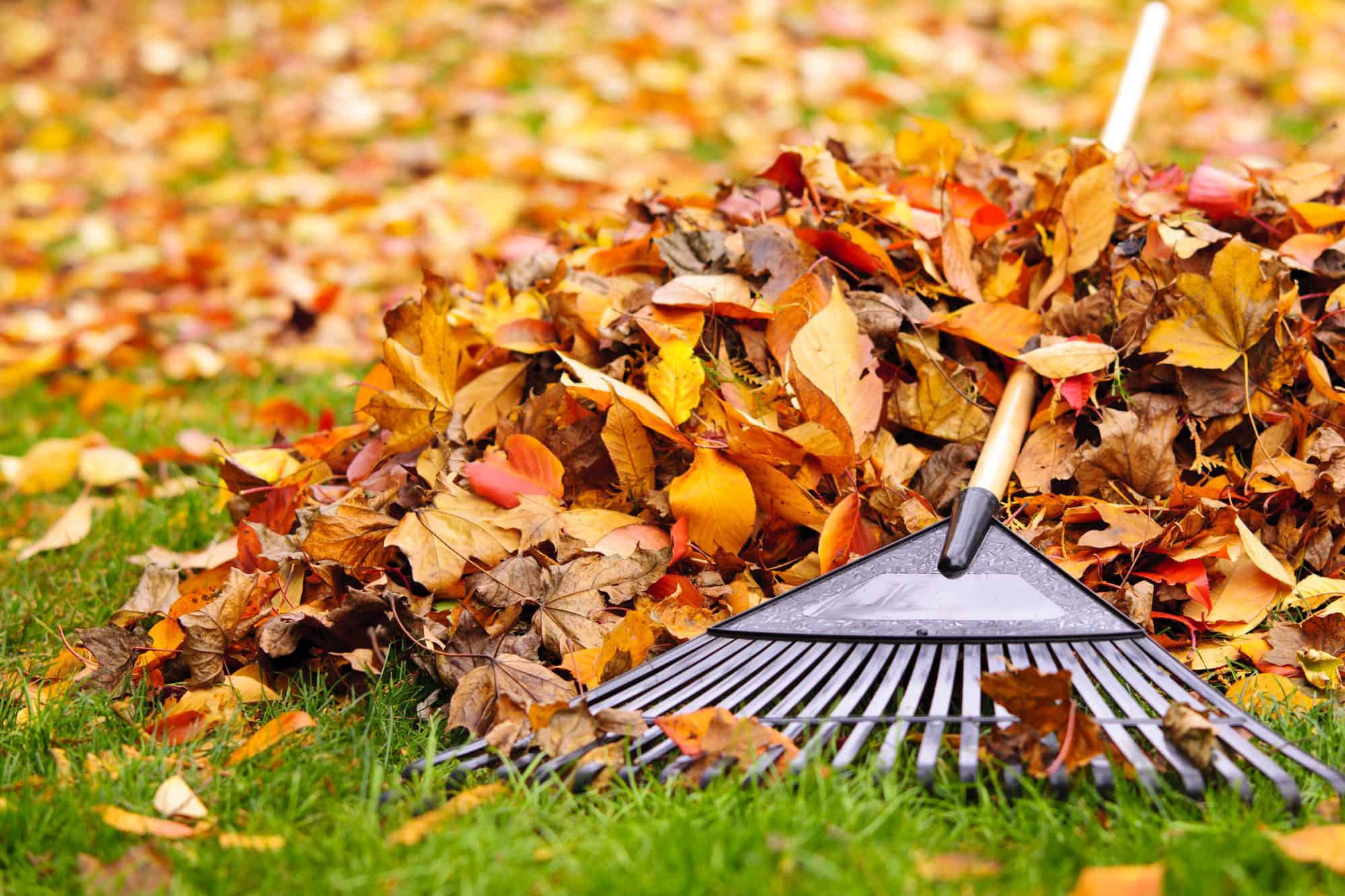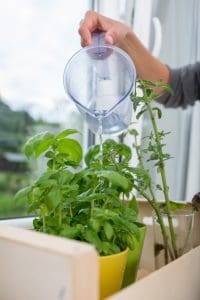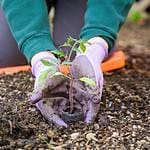
How to Achieve a Low-Maintenance Fall Landscaping Design
As the days grow shorter, and the temperatures cool off, it’s the perfect time to embrace the beauty of fall in your landscaping.
While the traditional image of fall gardening might involve extensive upkeep, the trend of low-maintenance fall landscaping designs is emerging. It’s time to create an outdoor space that’s not only picturesque but also practical and easy to manage! Here are our best tips to make it happen.
Native Plants Make Garden Maintenance a Breeze
One of the key principles of low-maintenance fall landscaping is choosing native plants. Native plants are well adapted to the local climate, require minimal watering, and are naturally pest-resistant.
Since they’re native, you most likely won’t need to invest in pricey fertilizers or need around-the-clock irrigation. Therefore, you’re also saving money and going “green”.
Try Drought-Tolerant Landscaping
Fall often brings drier weather, making drought-tolerant landscaping a smart choice. Incorporate succulents, ornamental grasses, and xeriscape elements. These plants thrive with minimal water, reducing your maintenance workload.
You can also add materials for ground cover that replace grass, such as mulch, landscaping pebbles, or gravel.
Hardscaping Features

Integrate hardscaping features like patios, decks, and stone walkways to reduce the amount of green space that needs care. These elements not only add functionality to your outdoor area but also require little maintenance.
Garden pebbles are fast and easy to install for a quick DIY firepit area or sitting area. They’re also fantastic for covering up exposed tree roots and bare patches for a cleaner landscape.
The Power of a Good Organic Mulch
Applying mulch to your garden beds helps conserve soil moisture and suppress weed growth. Using mulch in the fall can prepare your garden for winter and make spring maintenance easier. It’s also an insulator, helping to keep plants warm when the first frost rolls around.
Consider Low-Mow Grasses
Low-maintenance grass varieties like fine fescue or buffalo grass make it easy to enjoy lush groundcover without the fuss. You won’t need to break out the lawn mower as frequently and these grasses stay green well into the fall.
Try to Group Plants Strategically
Plant your garden in clusters or groups, rather than individual specimens. Grouping plants not only looks visually appealing but also minimizes maintenance, as it reduces the need for constant care and attention to every single plant.
Group together plants with similar water requirements. This helps ensure that you can water efficiently without overwatering some while underwatering others.
Pay attention to the sunlight needs of your plants. Place sun-loving plants in sunny areas and shade-loving plants in shaded spots.
In the fall, consider planting different groups of plants that offer vibrant autumn colors, such as reds, yellows, and oranges.
Irrigation Hacks
Watering your plants in the fall is essential to ensure their health and vitality, but it does require some adjustments compared to the warmer months.
Cool fall temperatures and reduced daylight hours mean that plants don’t need as much water.
Aim to water your plants in the morning, before the cooler temperatures settle in later in the day. Monitor whether your plants need water by sticking your finger finger into the soil about 1-2 inches deep. If it feels dry at that depth, it’s time to water.
Eco-Friendly Solutions for Fall Gardens
Low maintenance doesn’t mean sacrificing sustainability. Oftentimes, sustainable gardening methods happen to be low-maintenance to begin with.
Incorporate eco-friendly elements like rain barrels, compost bins, and pollinator-friendly plant varieties to create a harmonious and easy-to-manage landscape.
Use hardscaping materials such as gravel, garden pebbles, and mulch to help insulate plants, regulate moisture, and thwart weed growth.






Leave a Reply